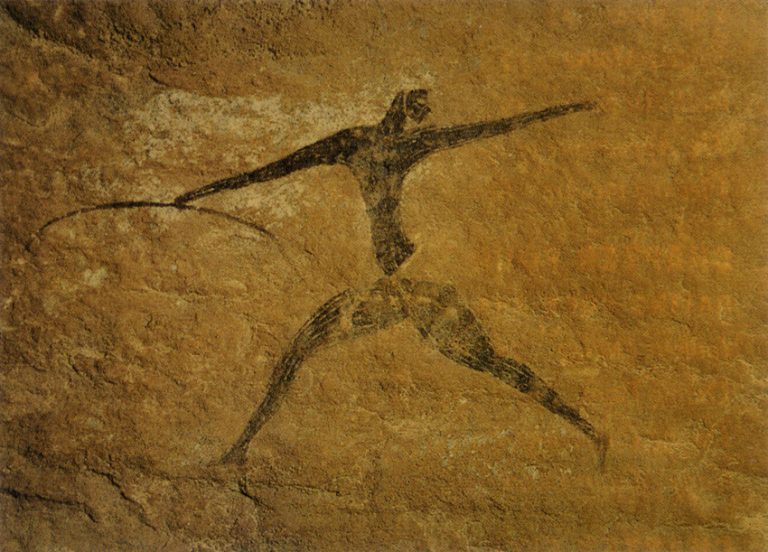
For those intrigued by ancient architecture and unique cultural heritage, Ethiopia’s rock-hewn churches offers a fascinating journey into the past. These awe-inspiring churches, hand-carved from solid rock, are some of the world’s most remarkable religious structures, with many located off the beaten path in Ethiopia’s mountainous terrain. This travel experience not only reveals a hidden side of Ethiopian history but also immerses visitors in stunning landscapes and the spiritual life of local communities.
The History of Ethiopia’s Rock-Hewn Churches
The rock-hewn churches of Ethiopia date back to the 12th and 13th centuries, constructed under the rule of King Lalibela, who sought to create a “New Jerusalem” for Ethiopian Christians. Lalibela’s vision led to the carving of a network of churches directly from volcanic rock in what is now known as the town of Lalibela. This ambitious architectural feat resulted in 11 interconnected churches, all meticulously chiseled from rock, and listed as a UNESCO World Heritage Site.
Beyond Lalibela, other Ethiopian regions like Tigray also boast impressive rock-hewn churches. Many of these structures remain active sites of worship and pilgrimage, adding an authentic, living heritage component to their historical significance. Ethiopian rock-hewn churches offer a rare glimpse into early Ethiopian Christianity, a faith still practiced and deeply embedded in the culture of the region.
Lalibela Rock-Hewn Churches
Lalibela’s rock-hewn churches are particularly famous for their size, architectural intricacy, and religious significance. Carved from reddish volcanic rock, each church has its own unique layout, architectural features, and spiritual significance. Some of the must-see churches in Lalibela include:
- Church of St. George (Bet Giyorgis): The most famous of Lalibela’s churches, this structure is carved in the shape of a cross and surrounded by trenches. It is often regarded as one of the finest examples of rock-hewn architecture.
- Bet Medhane Alem: Known as the largest rock-hewn church in the world, Bet Medhane Alem has a massive rectangular layout and is supported by dozens of columns.
- Bet Maryam: Thought to be the oldest of the Lalibela churches, Bet Maryam is known for its beautiful carvings and unique, serene atmosphere.
The complex of Lalibela remains a focal point of Ethiopian Orthodox Christianity, hosting thousands of pilgrims each year, especially during Ethiopian Orthodox celebrations like Genna (Christmas) and Timkat (Epiphany).
Rock-Hewn Churches of Tigray
While Lalibela is the most well-known site, Ethiopia’s Tigray region also offers an impressive collection of rock-hewn churches. Unlike those in Lalibela, many of Tigray’s churches are perched on steep cliffs or embedded within mountains, making access a challenge but rewarding those who venture there with spectacular views and a sense of adventure.
Notable rock-hewn churches in Tigray include:
- Abuna Yemata Guh: Known for its dramatic location atop a cliff, Abuna Yemata Guh requires a steep climb and a short rock scramble to reach. The journey rewards visitors with stunning frescoes and breathtaking views of the surrounding valleys.
- Debre Damo: Accessible only by scaling a cliff face with a rope, Debre Damo is one of Ethiopia’s oldest monasteries and is known for its historical significance and ancient manuscripts.
- Maryam Korkor: Positioned high on a mountain, Maryam Korkor offers panoramic views and is famed for its beautiful wall paintings and spacious interior.
Visitors to Tigray’s rock-hewn churches often describe the journey as both challenging and transformative, with the combination of natural beauty and historical insight creating an unforgettable travel experience.
Preparing for Your Adventure to Ethiopia’s Rock-Hewn Churches
For those planning to explore Ethiopia’s rock-hewn churches, it’s essential to prepare adequately due to the often remote locations and challenging terrain. Here are a few tips to make the most of your journey:
- Bring Appropriate Gear: Sturdy hiking boots, comfortable clothing, and ample water are recommended, especially for reaching the more remote churches in Tigray.
- Respect Local Customs: Many of these churches are active places of worship. Dress modestly, and be respectful of local traditions and religious practices.
- Consider a Guided Tour: Local guides can provide historical context and facilitate access to harder-to-reach sites. The Lonely Planet Ethiopia Guide offers resources for locating reputable tour operators.
Why Ethiopia’s Rock-Hewn Churches Are Worth the Journey
Ethiopia’s rock-hewn churches are not just architectural marvels; they are windows into Ethiopia’s spiritual heart and its historical depth. Both Lalibela and Tigray provide unique opportunities to explore one-of-a-kind structures while experiencing Ethiopia’s vibrant religious culture. Travelers who make the journey to these remote churches will find themselves immersed in an ancient tradition that is still alive and deeply cherished by the local communities.
From the meticulously carved churches of Lalibela to the cliffside chapels of Tigray, exploring Ethiopia’s rock-hewn churches is a journey into one of Africa’s most unique and enduring cultural treasures. For those seeking an authentic and enriching experience, these rock-hewn masterpieces are truly worth the trip.
Discover more from Amebo Media
Subscribe now to keep reading and get access to the full archive.




